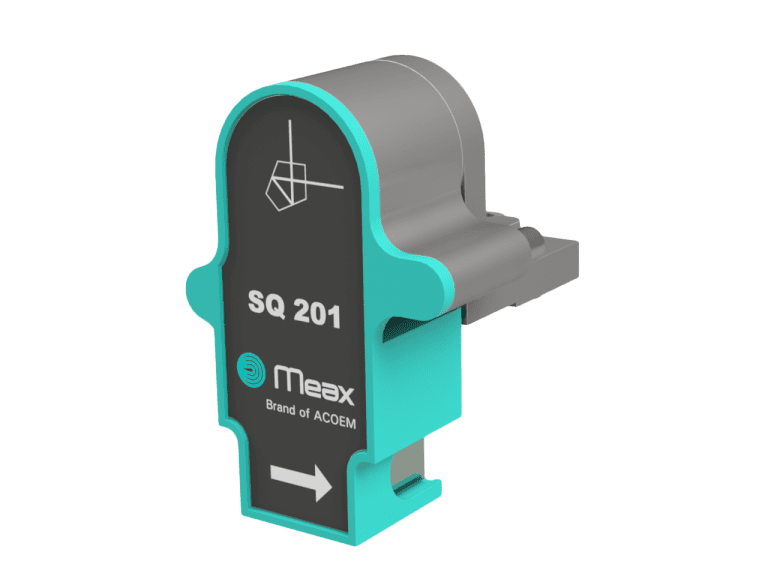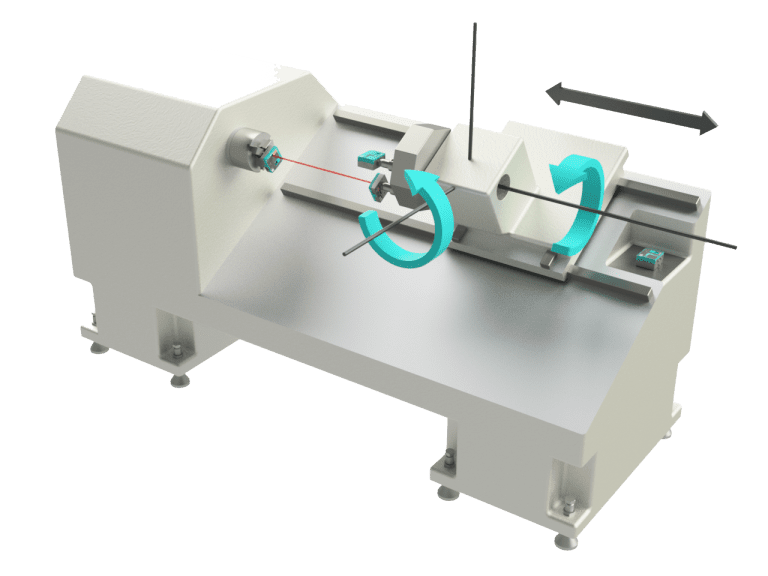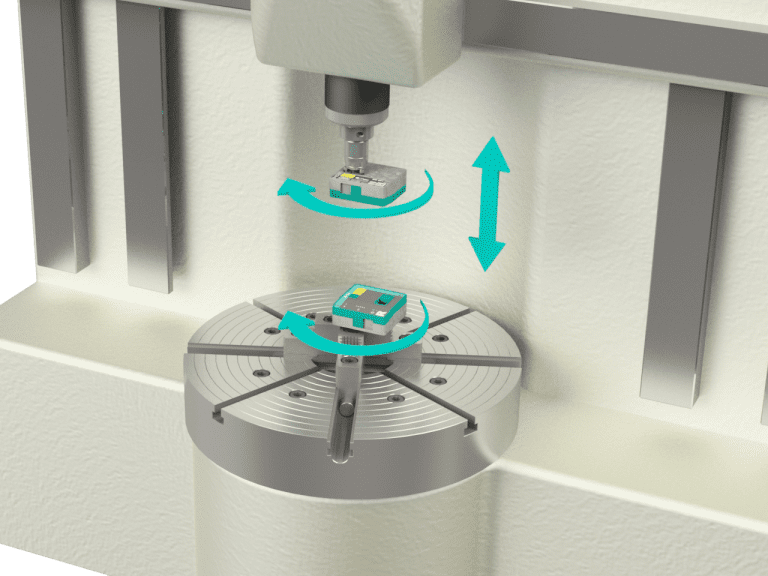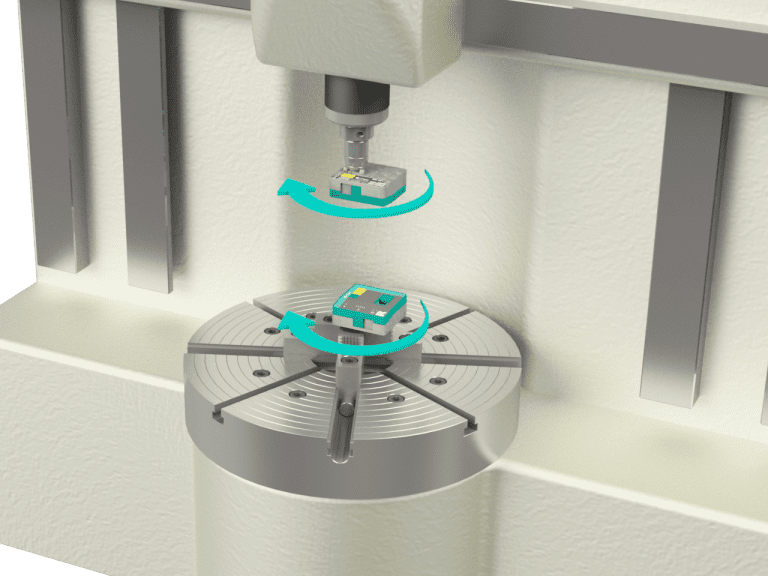MT30
Machine Tool Calibration
MT30 is a complete product package for checks in both lathes, milling machines as well as turning and machine center.
MT30 is a complete product package for checks in both lathes, milling machines as well as turning and machine center.
Checks the straightness of the machine’s movement, at the same time as measuring the angular deviation of the movement in relation to the machine bed!
Discover Acoem’s case studies
As ever-increasing demands are being placed on machine tools, we have arrived at the conclusion that an optimally functional machine forms the basis for better business. Modern machine tools must maintain a high level of flexibility, a high degree of utilization and a minimum downtime which calls for the correct geometry in all the machine’s movements. So we created Acoem and started to sketch solutions for machine tool measurements that, in our opinion, are so self-evident that they should have been developed a long time ago. By performing fast measurements, possessing a logical user interface, smart applications and fewer complicated functions, we can now build a future for machine tool measurement.
Contact us to learn more about our solutions, services, and training programs.


















